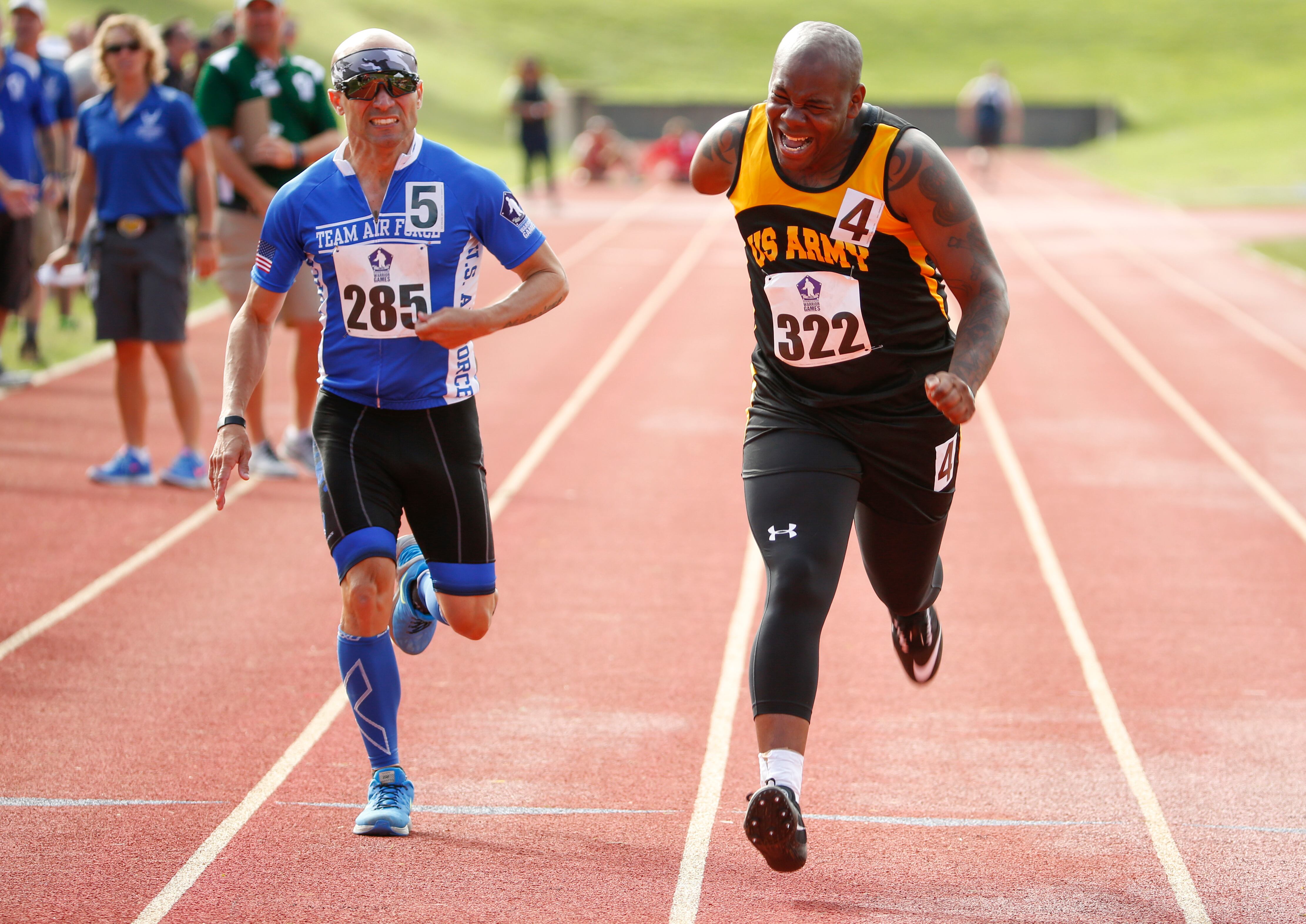Plans for the next-generation bomber, one of the top acquisition priorities for the Air Force, remain largely hidden from the public, but the major contractors vying for the program have been throwing punches at each other in their limited open discussions on the project.
Lockheed Martin and Boeing are combining forces to vie for the contract, which is expected to be announced this spring. The two giants of the defense industry are going against Northrop Grumman, the company that produced the Air Force's current stealth bomber, the B-2 Spirit.
Speaking to reporters Thursday in Arlington, Virginia, Lockheed Martin's CEO Marillyn Hewson said the company's deal with Boeing, much like a similar deal to build the F-22 Raptor, puts the company her firm in the best position to win the deal.
"It's important to our company, it's important to Boeing," she said. "We think it's a very important opportunity."
While the company is working on the project, it cannot say exactly which section of the company is actively designing the aircraft, said Rob Weiss, the executive vice president and general manager of advanced development programs, or Skunk Works.
"Strong prime contractors coming together as a team has been key to developing that type of program," said Rob Weiss, executive vice president and general manager of Lockheed advanced development programs, or Skunk Works. "Complementary technology and the financial wherewithal to invest in a program of that magnitude. … Boeing is able to leverage a lot of the commercial work they've done over the years, and Lockheed Martin is able to leverage the F-35."
Northrop, for its part, has repeatedly stated its experience in building the Air Force's B-2 will translate directly into building the next-generation version. The company's facilities in California produced the jet, and still sustain it.
"If you haven't had 35 years of experience with the B-2, what is it you don't know," Tom Vice, the company's president for aerospace, told Air Force Times' sister publication Defense News during a visit in January.

The Air Force last summer released the requirements to industry, but has been quiet on what those requirements are. However, the bomber it is expected to be stealthy and capable of carrying nuclear weapons.The ability of the jet to fly without a pilot on board has been discussed, but Lt. Gen. Stephen Wilson, commander of Air Force Global Strike Command, told reporters last month that an unmanned capability would likely not be a requirement at the outset, but could be a possibility as the project advances.
The service is targeting a production line of 80 to 100 planes by 2040 to replace its fleet of B-52 and B-1 bombers, with some B-2s still flying, Air Force Chief of Staff Gen. Mark Welsh said at a State of the Air Force briefing in January.
"We believe that's the number it takes, after doing some very significant operational analysis, to do nuclear deterrence and do a large-scale air campaign," Welsh said. "You need that number of bombers to actually turn the number of sorties we have to fly."
The service has a target budget figure of about $500 million per aircraft, and service officials have said they are confident they can stay in that range.
"We're trying very hard to keep price as an independent variable so we can afford that number of airplanes," Welsh said. "And staying on a very deliberate track in this program, limiting requirements, changes in growth, staying on the acquisition timelines are really, really important to us doing that, moving this program forward."





